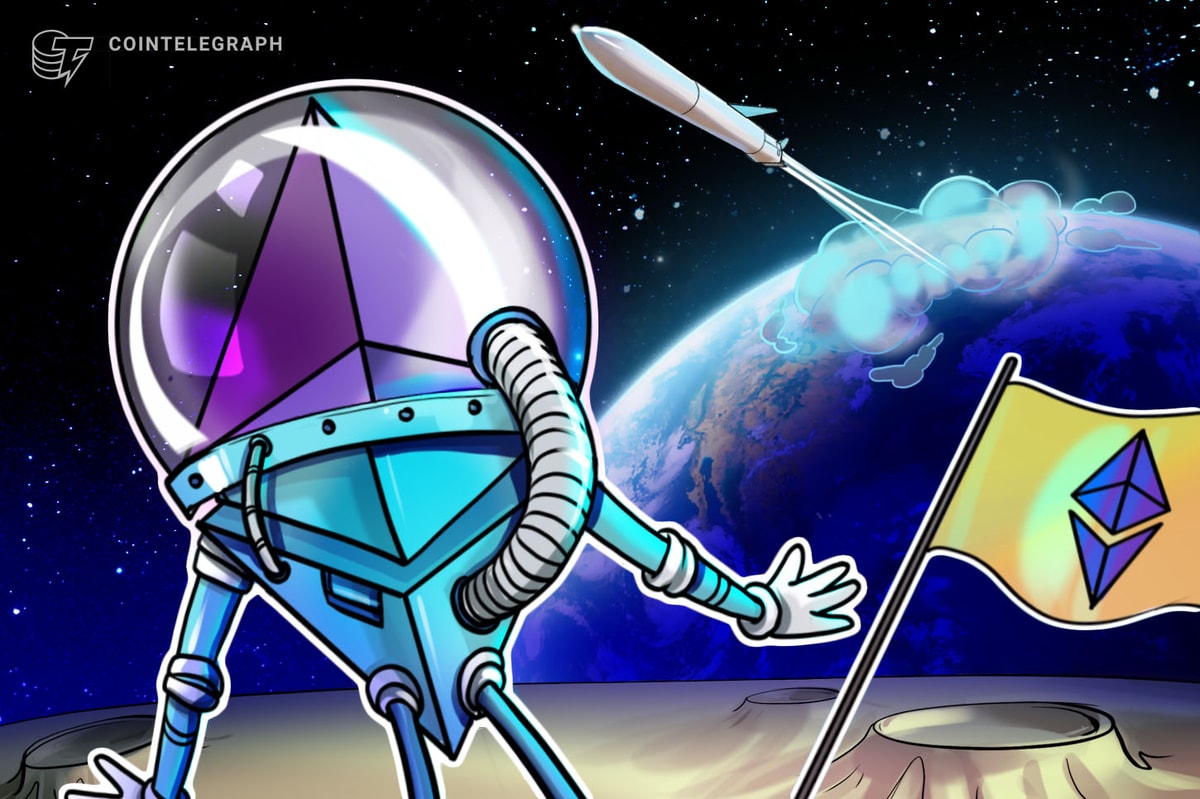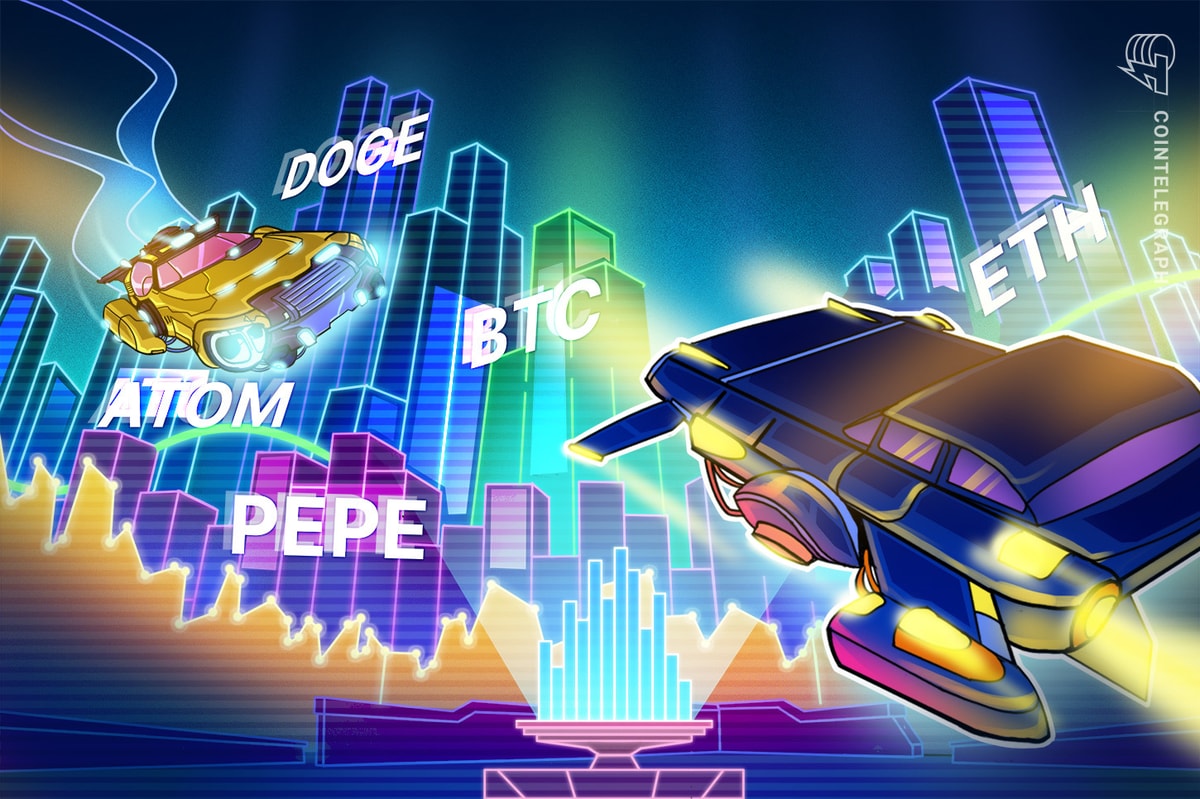Ethereum’s ongoing evolution has gathered pace in 2023, with the ecosystem shifting focus to scaling solutions and protocols to improve throughput and reduce costs for decentralized applications (DApps) and users.
The transition from energy-intensive proof-of-work mining to a proof-of-stake consensus also laid the foundation for what had previously seemed like impossible scalability upgrades before the Merge. Several approaches have emerged that enable the network to handle more transactions without increasing the size of nodes.
Layer-2 solutions have become the favored mechanism for scaling Ethereum’s ecosystem. These networks, which operate independently from Ethereum’s chain, process and batch transactions as “rollups” before submitting the summary data to Ethereum. Rollups aim to increase Ethereum’s throughput and reduce the cost of transactions for users.
Related: Are ZK-proofs the answer to Bitcoin’s Ordinal and BRC-20 problem?
Ethereum has two types of rollups that currently help the network scale. The first is optimistic rollups, which execute transactions off-chain and post transaction data to the mainnet as call data.
As Ethereum’s information database explains, these rollups are dubbed “optimistic” because they assume off-chain transactions are valid and don’t publish proofs of validity for transaction batches posted on-chain.
This is a distinguishing factor from zero-knowledge rollups (ZK-rollups), which also bundle transactions off-chain but submit a validity proof of the changes required to represent all transactions in a batch.
The validity proof is a cryptographic assurance that the state changes proposed by the rollup come from having actually executed the transactions themselves. ZK-rollups only need to provide validity proofs to finalize transactions instead of posting all transaction data on-chain like optimistic rollups.
Related: Ethereum’s proto-danksharding to make rollups 10x cheaper — Consensys zkEVM Linea head
There is no delay when moving funds from a ZK-rollup to Ethereum’s mainnet because transactions are executed when the ZK-rollup contract verifies the validity proof. Withdrawals from optimistic rollups have a delay that allows users to carry out fraud proofs to double-check the validity of batched transactions.
While opinions vary, ZK-powered layer 2s have become increasingly popular in 2023 because they bypass the need for fraud proofs. A handful of solutions powered by the technology have taken center stage, and Cointelegraph revisits the leading players that have emerged this year.
Polygon zkEVM
Polygon has become a household name in the Ethereum scaling ecosystem, and the protocol has made significant strides in developing its tech stack in 2023. This includes the evolution of its own Polygon zkEVM and its Chain Development Kit, which allows developers to launch bespoke ZK-powered layer-2 protocols on Ethereum tailored to the requirements of their project.
Polygon released its open-source zkEVM mainnet beta in March 2023, which delivers reduced transaction costs and increased throughput of smart contract deployments. The technology allows thousands of transactions to be batched off-chain, with cryptographic proof containing a minimal data summary posted to the Ethereum mainnet.

Polygon’s zkEVM mimics the transaction execution environment of Ethereum’s mainnet. The open-source zkEVM allows DApps to scale through transaction batching, unlocking higher performance.
The Polygon zkEVM explorer reflects the usage of the network from its inception in March 2013, with over 8.6 million transactions processed to date. Over the past six months, the network has processed an average of 20,000 to 40,000 daily Ethereum transactions.
ZkSync Era
ZkSync Era claims to be the first Ethereum Virtual Machine-compatible ZK-rollup to launch an alpha version of its network, which it did in February 2023 after a lengthy four years under development by Matter Labs.
The alpha release the following month grabbed headlines as major decentralized finance players — including Uniswap, Sushi, Maker and Curve — launched on the zkEVM.

The network has attracted a significant user base since then, with data from DappRadar reflecting over 150 active DApps at the time of writing. The network also has 6.2 million unique active wallets and has processed more than 200 million transactions to date at seven transactions per second, according to information from L2scan.
Linea
Consensys, the development firm behind core Ethereum products like MetaMask, joined the ZK-rollup race with its zkEVM network, Linea.
The platform allows Ethereum developers to build or migrate DApps to its networks and went live with its alpha release in July 2023. Linea was integrated with Ethereum’s browser-based wallet MetaMask, giving Linea users access to its token bridge, swap and buy functionality.

Linea completed its public launch in August 2023 and bridged over $26 million in Ether (ETH) in its first month of existence. Linea currently has over 2 million unique active wallets and has processed 34 million transactions since its launch to mainnet. Data from L2scan also reflects that the network can process five transactions per second.
Starknet
Starknet joins this list of layer 2s that have scaled Ethereum, operating as a validity rollup or ZK-rollup. It is not classified as a zkEVM, as it operates on its native Cairo virtual machine and bespoke programming language.
According to Starknet’s developer resource, the Cairo VM is intentionally tailored for validity proof systems and is touted to be optimized for memory access. Starknet notes that EVMs read and write memory requires more computation to generate proofs.

Despite operating on a different type of virtual machine, Starknet provides the same functionality as Polygon zkEVM, Linea and zkSync Era in that it bundles transactions into an off-chain computed STARK proof.
At the time of writing, Starknet’s ecosystem metrics reflect 48,104 ETH bridged into the network, valued at $108 million. The layer 2 has processed 19.4 million transactions
Watch this space
ZK-rollups continue to attract significant value from the broader Ethereum ecosystem, given the throughput increase and reduced costs provided by the central players touched on above.
The latter half of 2023 also saw the likes of Scroll, another zkEVM, go live, showcasing the increasing number of ZK-powered layer 2s coming online.
There’s plenty of room for healthy competition, though. Several project leads have expressly told Cointelegraph that a variety of ZK-powered platforms serve to make the Ethereum ecosystem more robust.
Magazine: Big Questions: What did Satoshi Nakamoto think about ZK-proofs?










